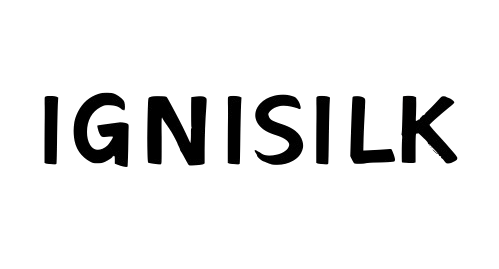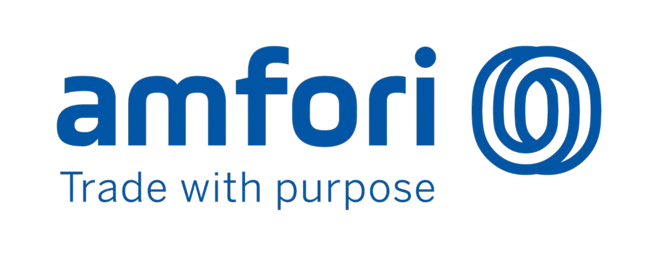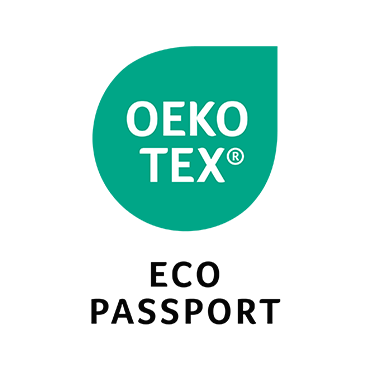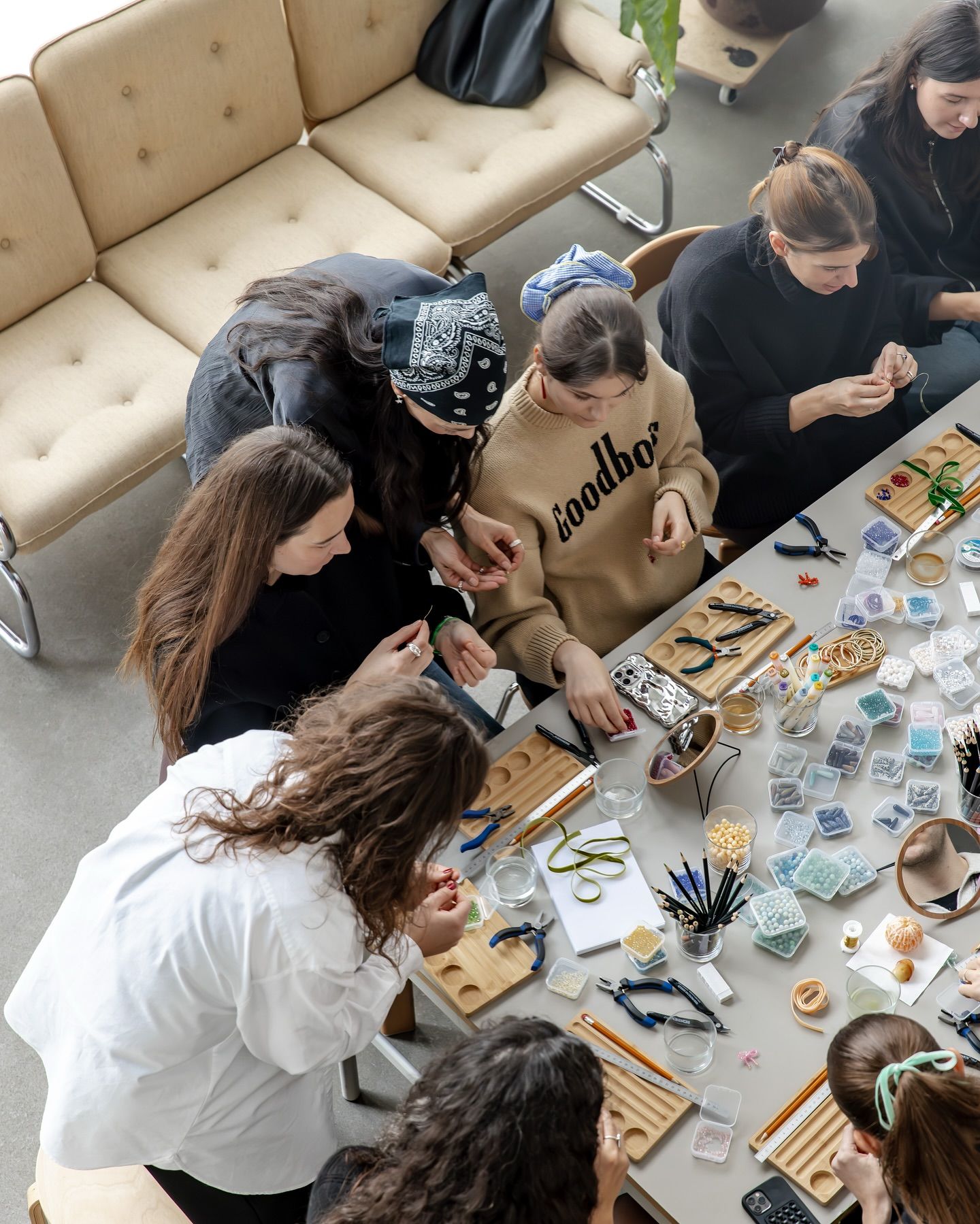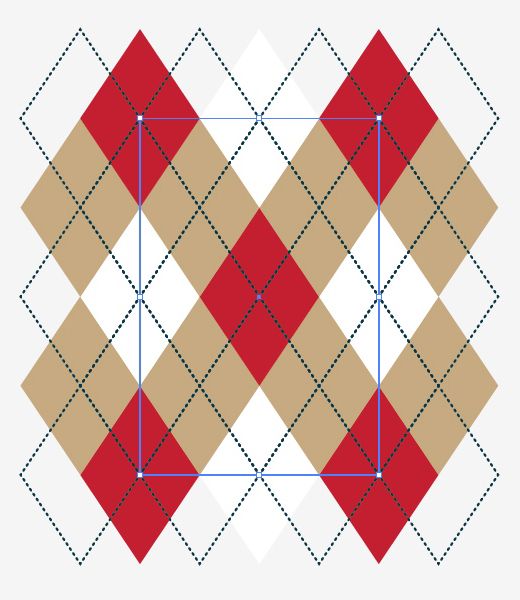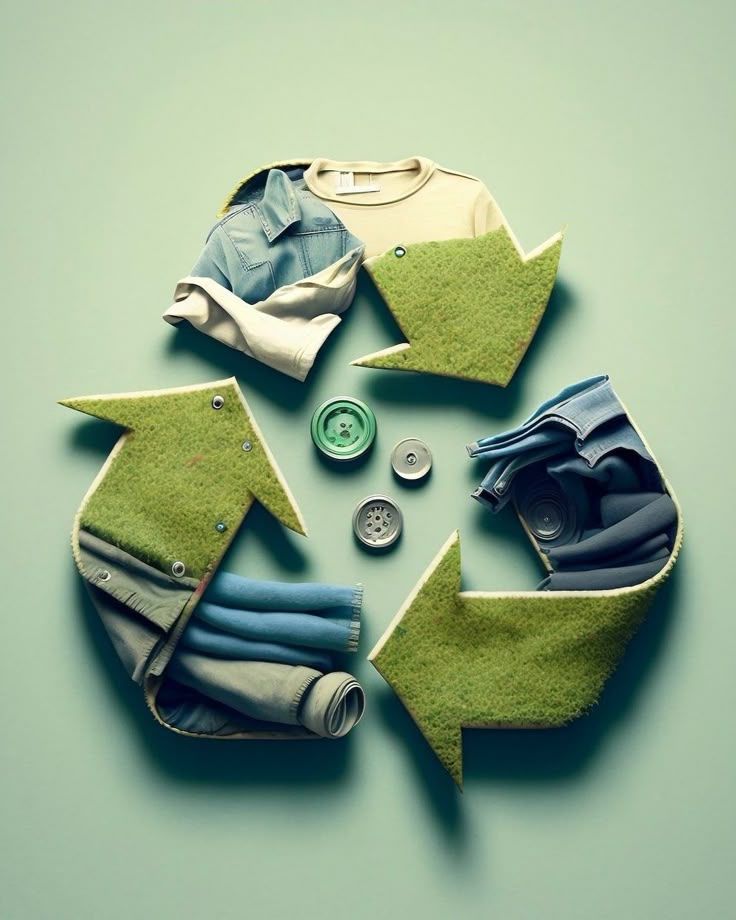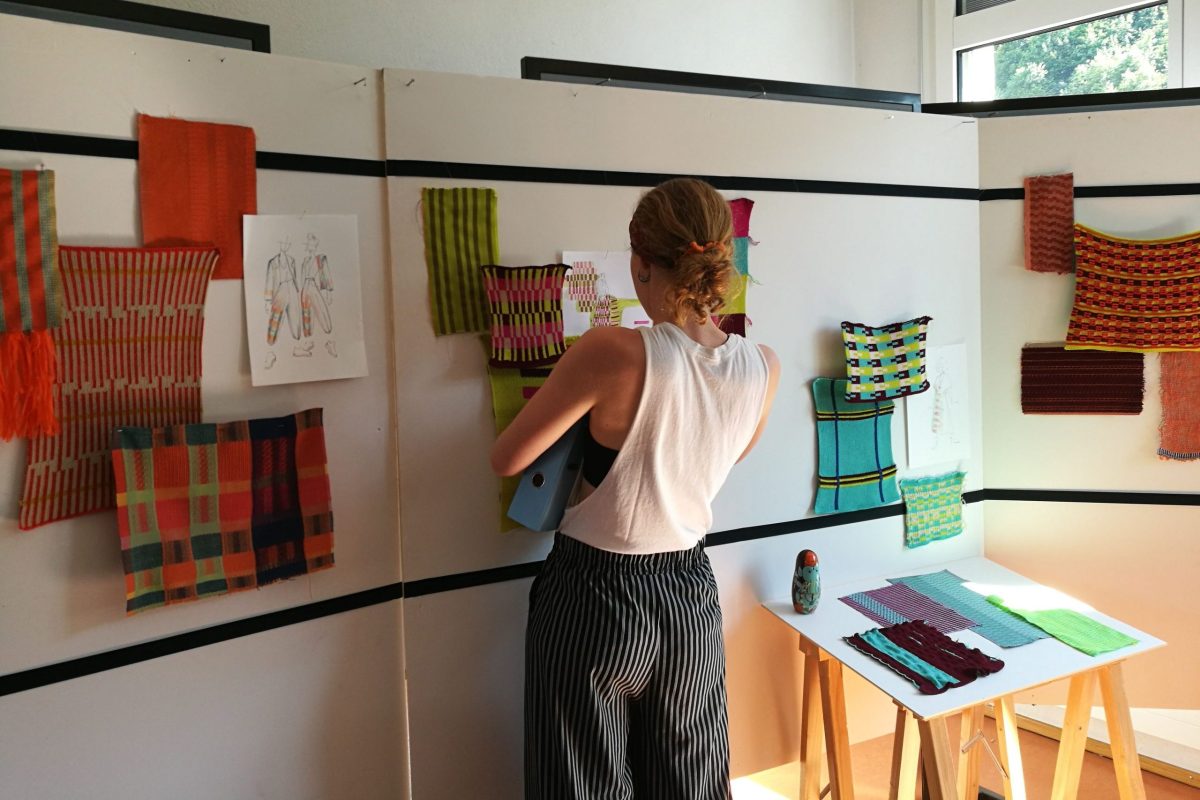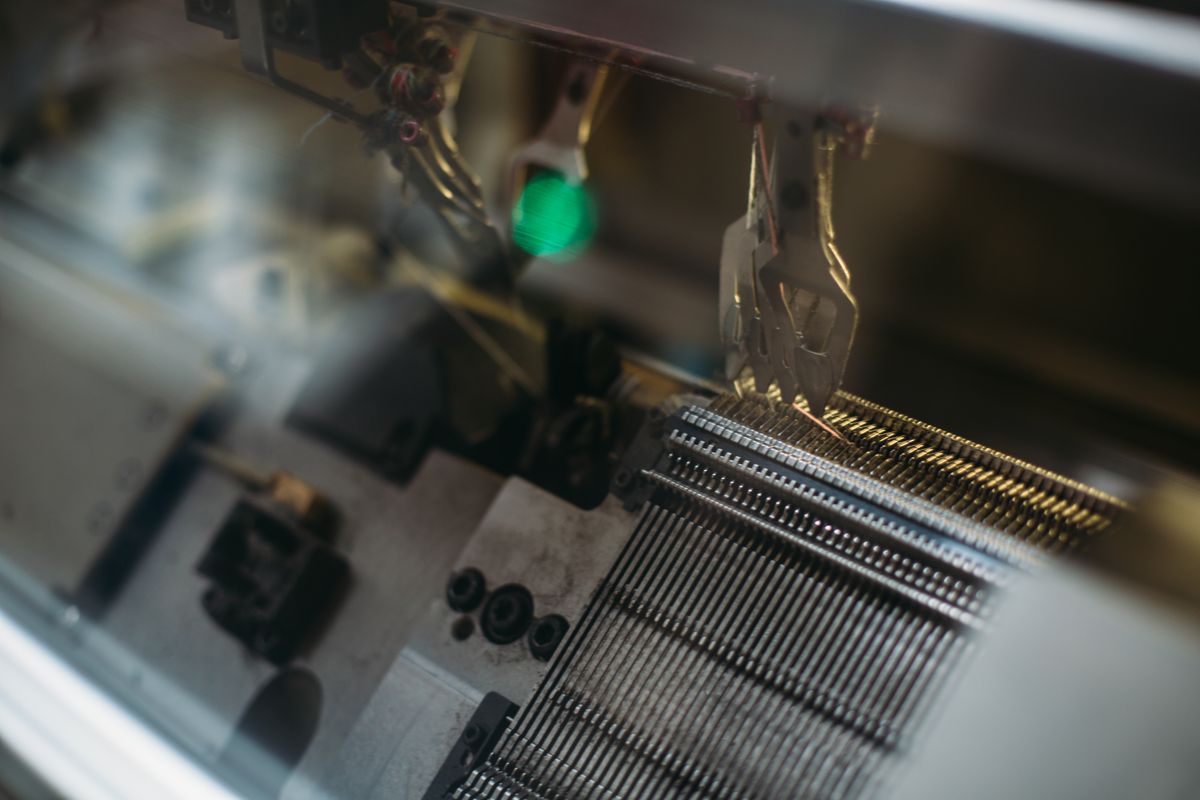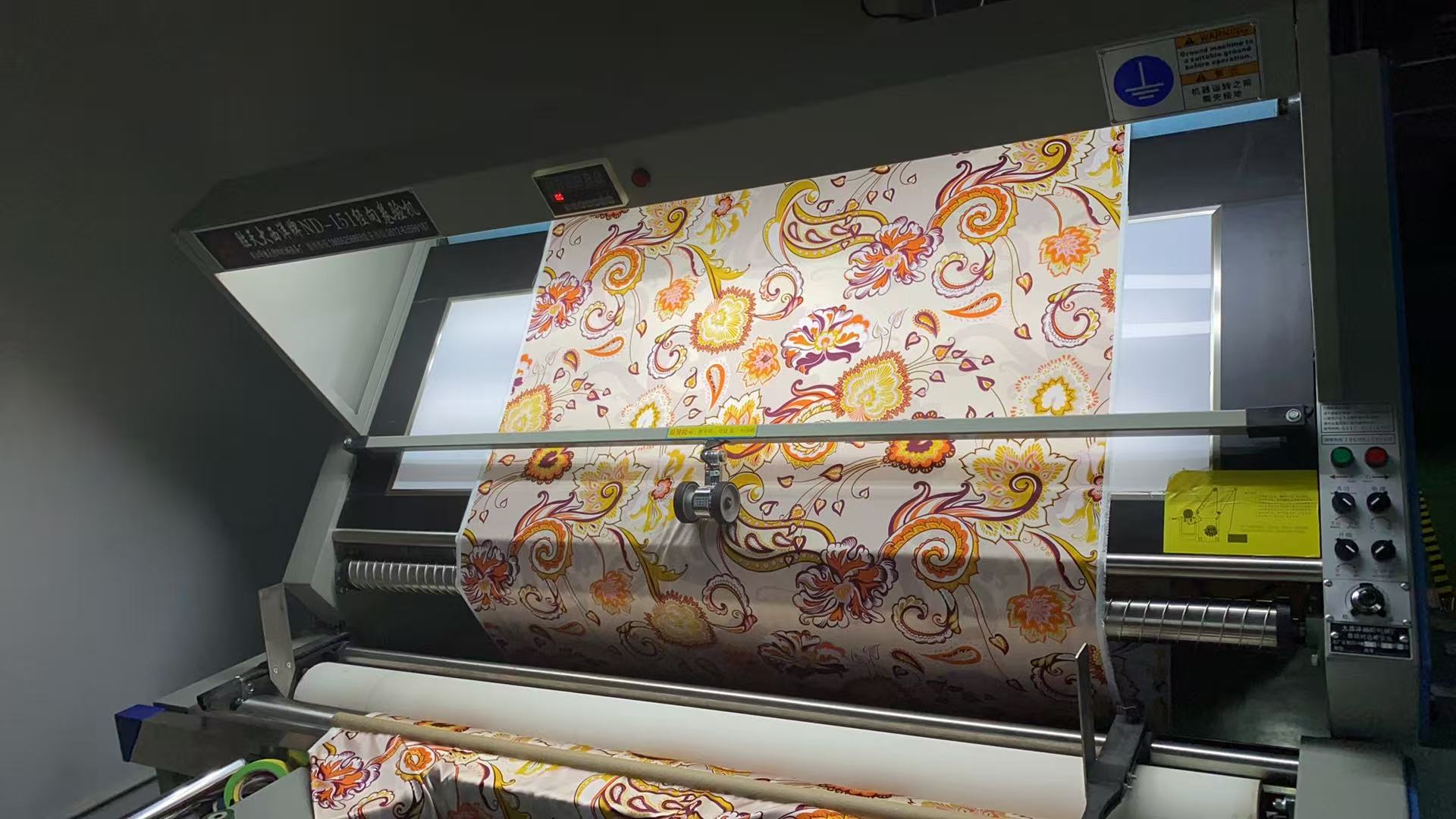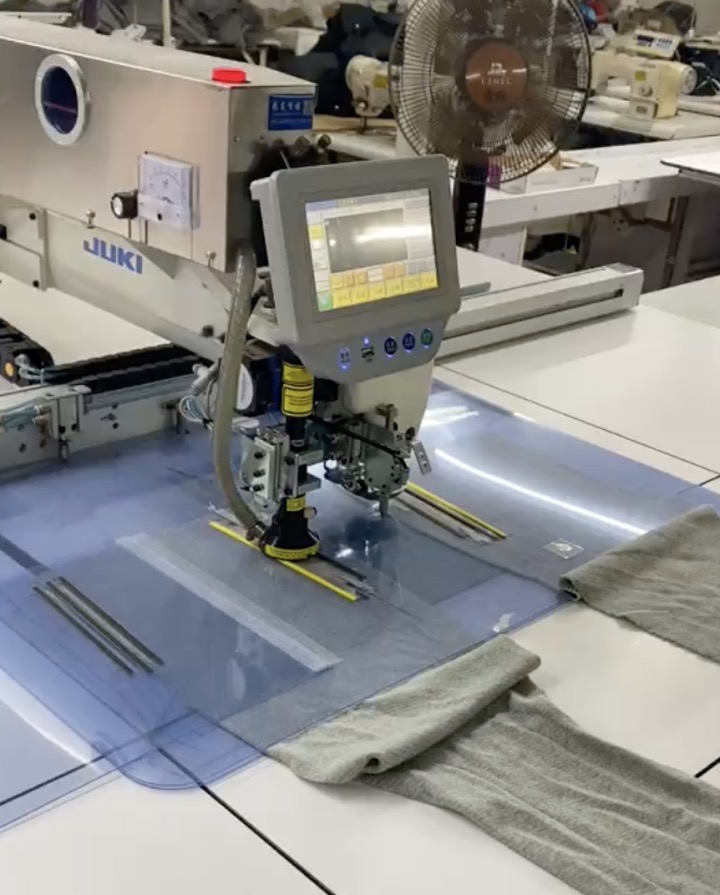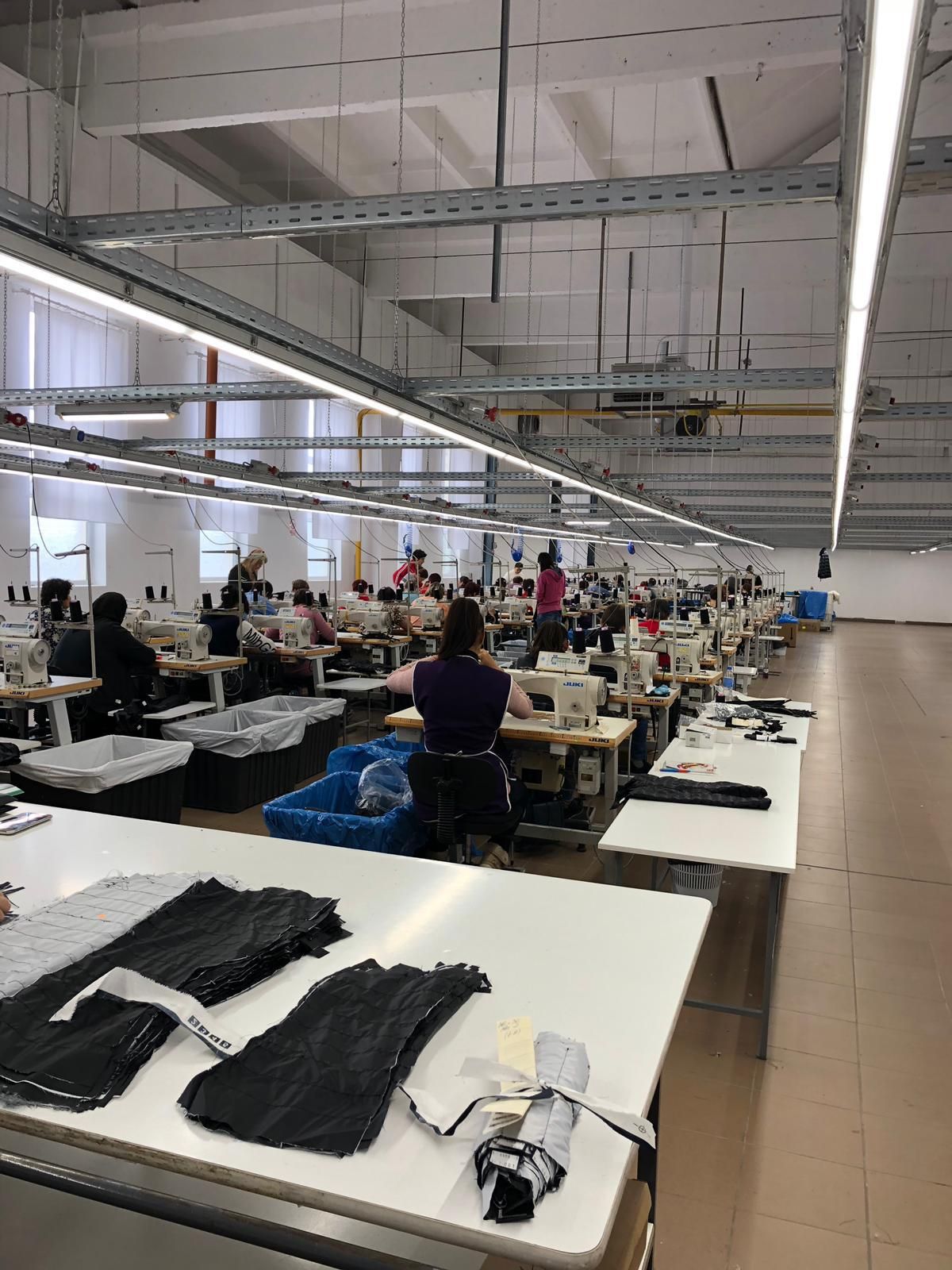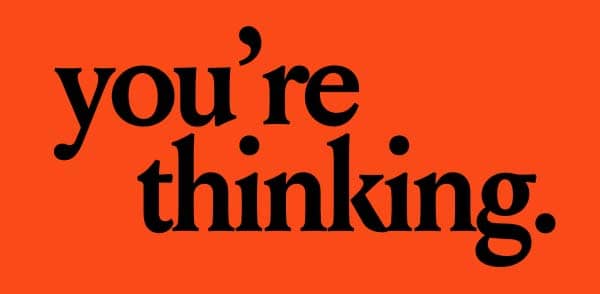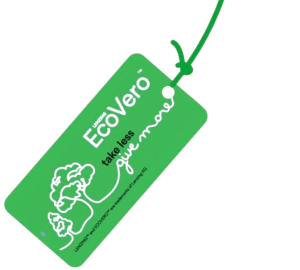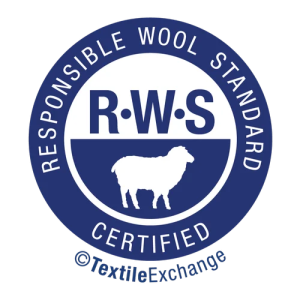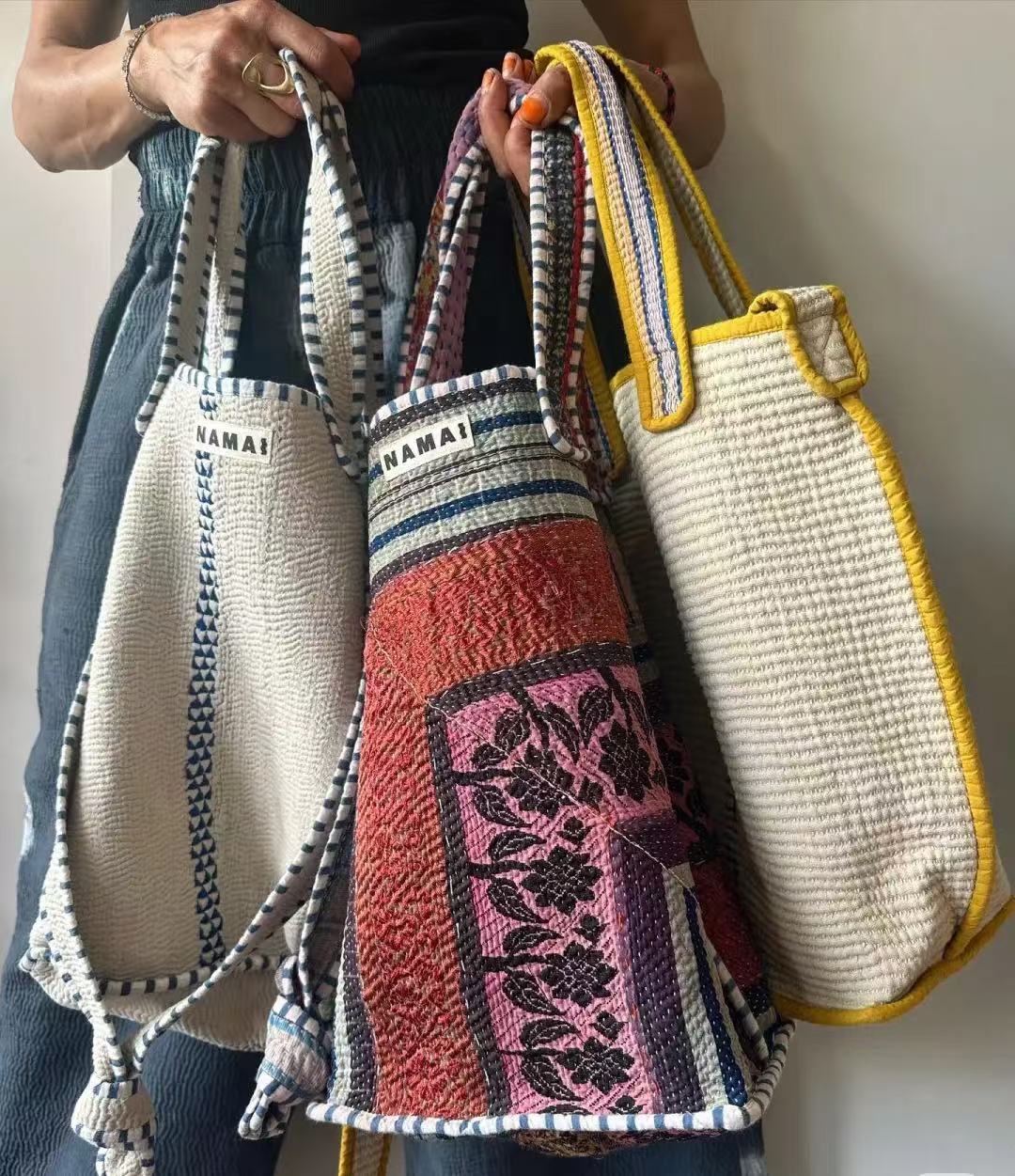Vol.1 | Beyond Recycled Bottles: The Shift from “Sustainable Fabrics” to True Textile-to-Textile (T2T) Recycling

Over the past decade, “sustainable fashion” has become one of the most overused and under-explained terms in our industry. For years, most brands have leaned heavily on recycled polyester (rPET)—often made from post-consumer plastic bottles—as their badge of eco-consciousness. But is that really enough?
Today, a new wave of sustainable innovation is emerging, and it’s more circular, more ambitious, and arguably more difficult: Textile-to-Textile (T2T) recycling.
Unlike rPET made from bottles, T2T involves turning used garments and textile waste back into raw materials that can be spun into new fibers and fabrics. This is the real “closed loop” the industry has been talking about—but few have actually achieved.

Why is this shift happening?
- Brand pressure to reduce textile waste: Global fashion brands are under increasing regulatory and consumer pressure to reduce post-consumer textile waste. rPET from bottles doesn’t solve this problem—it only diverts plastics from landfills.
- The ESG narrative is evolving: Investors and regulators are asking harder questions: Where is the material from? Is it from garments or bottles? Can we trace it? Can we repeat the loop?
- Bottleneck of bottle-based rPET: Ironically, as more industries chase rPET (packaging, automotive, sports equipment), prices are rising and supply is tightening. T2T offers an alternative that directly addresses fashion’s own footprint.
What makes T2T so hard?
- Used garments are a messy mix: different fibers, dyes, trims, finishes.
- Sorting and cleaning processes are labor-intensive and expensive.
- Most T2T technologies (biological, chemical or mechanical) are still in early or pilot stages.
Yet despite these challenges, a number of companies—both in the West and in Asia—are racing toward scalable solutions. We’ll explore them in upcoming articles.
One thing is clear: the future of sustainable fashion isn’t just about using “recycled”—it’s about rethinking the source, the process, and the loop itself.
